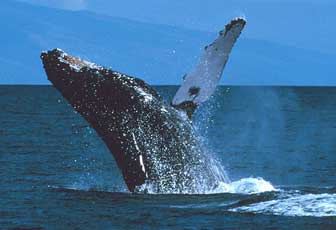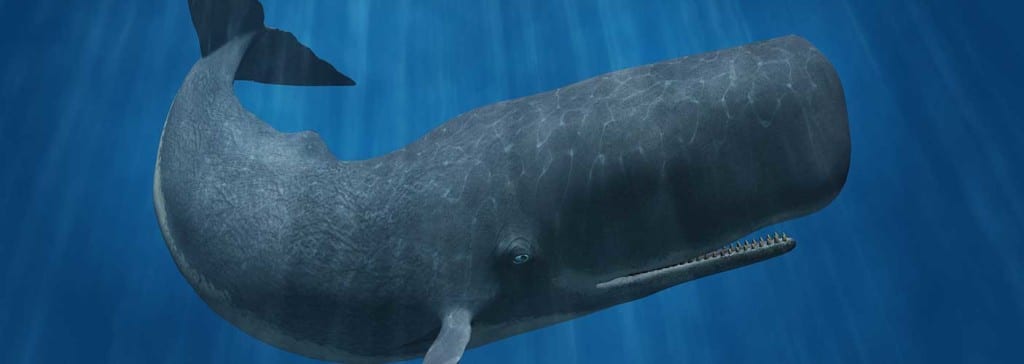Top Whale Facts
There is certainly plenty of fascinating aspects about whales to be aware of. You may be surprised at some of the characteristics as well as behaviors of these delightful mammals.

Photo courtesy of NOAA. Photo by Stan Butler
1. Whales need to breathe air
You likely already know that whales breathe by taking in air though their blowhole.
2. Whales can’t sleep for very long?
This is because they have to remember to go to the surface for air as needed.
3. Whales’ brain sleep one half at the time
In order to make sure that whales perform the basic functions to breathe, only one half of their brain will sleep at a time. This is the only way that they are able to get the amount of rest that they need and still take care of this function that is necessary for their bodies to survive.
4. Whale Males are not easy to identify.
It is common for male whales to be misidentified out there due to the location of their genitals. When they aren’t in use, these parts of the body are actually tucked inside of a cavity. This allows them to swim faster. Therefore you do need to really look at other factors before you classify a whale as either male or female.
5. Whales are mammals, calves grow inside their mothers.
Do you know that newborn whales are born fin first which means the back end of their body first? Researchers believe this is done so that the calf is less likely to drown when it is born. All of their young are born alive and are able to be cared for immediately after birth.
6. Whales are cetaceans, mammals fully adapted to aquatic life.
Whales are believed to be the only mammals that are able to adapt to the changing environment in the waters. This is important due to the impact that humans have had on their natural living environment.
7. Whales swim as fast as 30 miles per hour.
Whales can swim at a rate of about 30 miles per hour. However, most people think they are much slower because they often don’t have to be in such a hurry so they simply glide around the water.
8. Whales have hair.
Most people don’t think that whales have hair but they do. However, it is very thin and very light so unless you are seeing one up close you wouldn’t think it was there at all.
9. Whales are warm blooded.
Whales are warm blooded mammals so they have to keep a high body temperature. Since they don’t have much hair they rely on layers of fat called blubber. You will find that the younger whales have more hair than the adults. As a baby gets older it will develop more blubber and then the hair will start to disappear.
10. Whales are the largest animals in the world.
You likely are aware of the fact that whales can be extremely large. The Blue Whale is the biggest one out there. Most experts agree that the Blue Whale is the largest mammal that ever been on Earth as well as the loudest. They can be up to 105 feet long. The smallest whale is the Dwarf Sperm Whale. It is only about 8 feet long.
11. The most dangerous predators for Whales are humans
The only predator that whales have to content with are humans. They aren’t bothered by any other creatures in the water. However, the changes to their food source, hunting by humans, and even pollution to the waters that they live in can affect their abilities to survive which is why they continue to try to adapt to the environment that they are in.
As you can see, there are plenty of facts that are fun to learn about whales. Exploring them in more detail is a great way to enhance your knowledge of these amazing mammals. You may find that you want to learn all you can about them because they are definitely interesting and enjoyable creatures.

